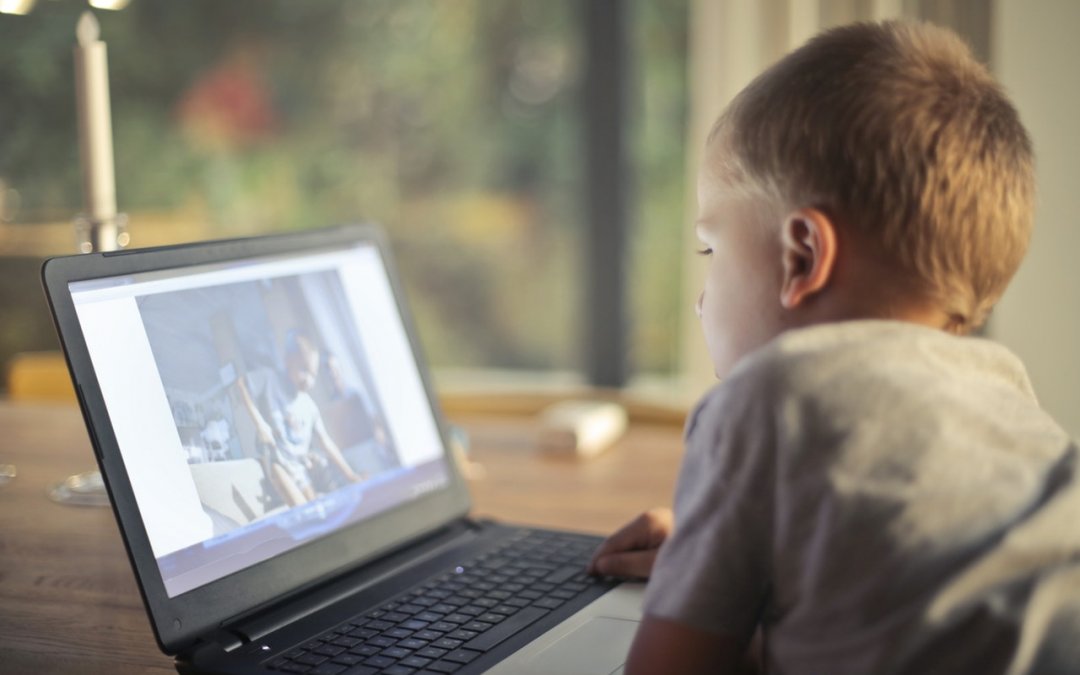Parental and societal concern with adolescent “screen time” seems to be the contemporary equivalent of an earlier generation’s worry over too much time in front of the television. As technology has advanced and media options have expanded, screen time has come to include computers, smartphones, digital tablets, and video games in addition to TV. A recent feature on the CBS news program “60 Minutes” highlighted early results from the Adolescent Brain Cognitive Development (A.B.C.D.) Study, a $300 million research initiative financed by the National Institutes of Health aiming to determine the effects of various environmental factors, screen time included, on young brains. While it should be noted that the study is far from complete, early results suggest that we just won’t be able to draw many definite conclusions.
The A.B.C.D. Study follows 11,800 children through adolescence. Stated succinctly, 21 academic research centers acting on behalf of the study conduct annual MRIs on each child to determine the effects of environmental factors on brain structure and growth and the effects on these structural changes on behavior and health. The study began in 2018 and initially only focused on the effects of drug and alcohol use on the brain. Over time, it attempted to ascertain the effects of other environmental factors as well.
60 Minutes also focused on a study published out of the University of California, San Diego. This paper aimed to shed light on the effects of heavy screen time by adolescents. UCSD researchers acknowledged in the paper that results were a mixed bag. Some heavy users performed poorly on aptitude tests while others performed well. Some subjects exhibited premature cortical thinning, a structural change in the brain which naturally occurs with maturity, but it could not be determined if screen time was a contributing factor or even if the thinning was detrimental. Also, researchers admitted unavoidable flaws with the study. Screen time was self-reported, and heavy use may certainly mean different things to different people. In addition, an MRI is only a snapshot. The structure of an adolescent brain can change significantly in a relatively short period.
In 2014, Queen’s University Belfast reviewed multiple studies conducted on the effects on screen time. Results were all over the board and were often contradictory. At the moment, we don’t have the sufficient understanding of the brain and the ability to isolate the effects of a single environmental factor we need to make conclusions. It’s likely that screen time may be positive or negative depending on the type and also the individual. For the foreseeable future, researchers will be unable to make firm declarations about the effects of screen time on the brains on children. Parents, however, will be able to conclude the obvious: regardless of long-term physical effects, screen time displaces other, possibly better, activities for children.
